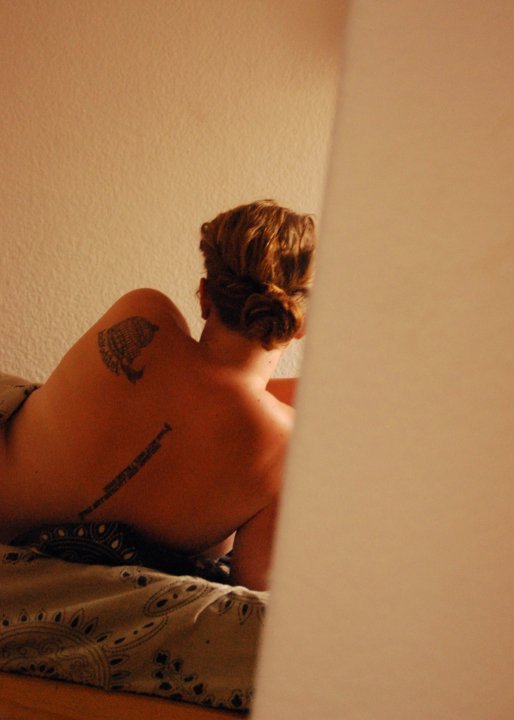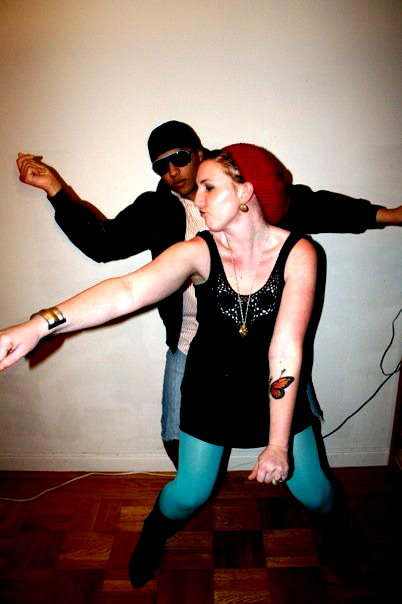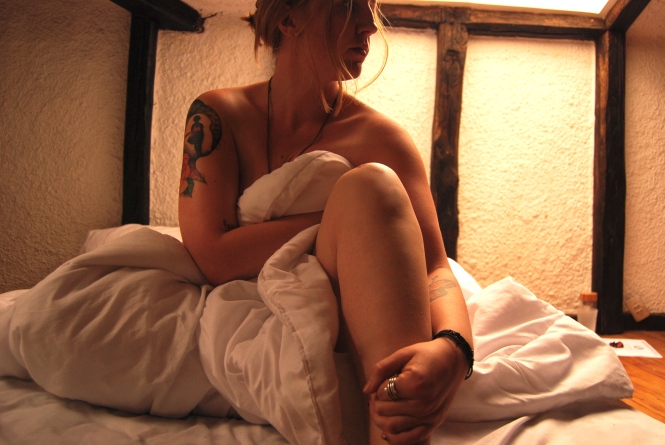It is nearly impossible to travel without falling haphazardly into the world of maps. You find yourself struggling to make sense of them, to translate them to the necessary scope and scale, even in the current age of technology. A wealth of pertinent information, nevertheless a map shows only what is essentially superficial. Maps are only shades of truth, man-made markings designed to orient you in the unfamiliar. You can never hope to know a country by simply looking at its one-dimensional cartographic representation; there is no chance that you will understand the struggles and victories of a country’s people or get any true idea of its beauty. Few worthwhile endeavors are so easy. That which is hidden, the secrets behind the easily accessible façades, will only be revealed when the time is taken to truly look, to ask the right questions and listen to the answers, even if they aren’t exactly what was expected. In the same way that a map conceals the secrets of any given place, tattoos do the same for the human body.
A hundred years ago, tattoos were the markers of sailors, criminals. or otherwise unsavory members of society. Today, they have become a form of expression, a manner of flipping your skin inside out to show the world (if the world knows how and where to look) who we are and where we have come from. But tattoos are a language in themselves, and the language changes depending on the body and on the soul that resides within.
If you take the time to understand them, you will find most people’s tattoos to be the maps of the psyche. If you could read mine, you would see and understand some of the most important events in my life. From a gilded birdcage with its door hung open, a swallow sailing skyward, you would see a young girl escaping from the smoldering ruins of a story that wasn’t her own, a refugee of a nuclear blast from which even fourteen years later evidence of radiation surfaces now and again. From a Mexican-style calavera with the wings of a monarch, you would understand the love an even younger girl felt for someone who was lost, but whose presence has never left her, and whose face she sees in the markings of every monarch butterfly that rides the currents of air around her. The simple Latin stretched over the frail bones of my foot are an illusion that hide a meaning deeper than one might think: of searching for and arriving disappointed in religion, of being dissatisfied with the hierarchies of society, of accepting that happiness would not be found in molding myself to the roles that others might urge me into, but rather that I had to find my own way, in spite of the hazards, and of embracing the fierceness of my independence. In short, if you were to take your finger and trail it along my body chronologically from tattoo to tattoo, you would be incomprehendingly tracing the path of a life, from a girl around the age of nine or ten to the person she has become today. Although many see tattoos as a way to seem tough or impermeable, they are actually a sign of extreme vulnerability. Most people do not carry their lives around for strangers to witness, but that is exactly what tattoos are: imprints of experiences exposed.
Not everyone thinks this way. Many still see them as unseemly, unsophisticated, unprofessional. One of the most important people in my life often urges me to stop covering parts of myself with ink, with manifestations of successes and failures, of love and pain. I understand. I see that in her eyes I am tracing over the perfect skin that I was born with and that I will die with. She looks into my future and sees regret in my heart when I look at the sagging and wrinkled portrayals of youth. In part, she sees it as a diminishment of beauty, as opposed to an augmentation of it. This is one of the only things we disagree on and, in part, this entry is an attempt to show her how I see tattoos–my own and those that belong to other bodies, both familiar and foreign.
For one, my tattoos anchor me in my own body. They have had a large role in helping me to accept and love myself, to realize that there is worth in the shape of my body, that in spite of the fact that my thighs spill over the sides of the mold society prescribes for them and that my bones do not create good handholds for other people’s notions of beauty to grab onto, I am beautiful regardless. When I look in the mirror and take myself in–hair, skin, largish nose, love handles, tattoos–I do not feel regret, and be it illusion, artifice, or truth, I see beauty in my reflection.
The tattoos that are now as my own body are reminders, promises, prayers. They are comfort etched into my skin so that I will never truly be bereft. They are the map that guides me home when I am lost and full of panic and anxiety. I know I can’t see the future; I know I can’t guarantee that when the colors of my tattoos have faded and my skin has grown loose and mottled with age that I won’t feel regret. But I am no stranger to regret–I have come to recognize it from afar. And if what some say is true and I do one day feel regret, I think that upon arriving at the end of my life and finding that these pretty marks are my biggest regret–if that comes to pass, I think it’s safe to say I will have lived a magnificent life. But what I do know is this: we are given precious few chances to make choices that will stay with us forever. The people we choose to have in our lives will one day be gone. The things we love may one day be unrecognizable… but my tattoos will stay with me until my last breath, until my body becomes nothing more than the vessel for the biological imperatives of lower life forms, until I am well beyond the grasping reach of regret. That has to be enough.



